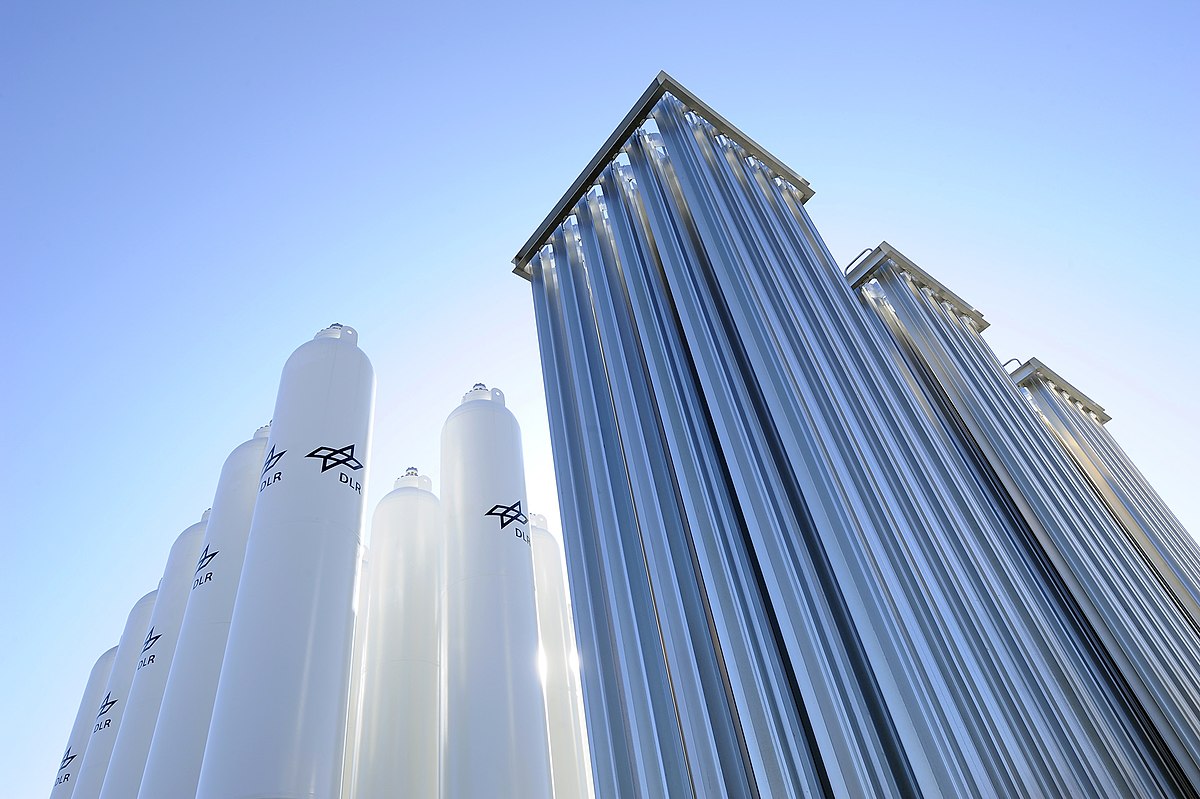Hy24 announced the closing of its hydrogen impact fund, which it describes as the world's largest clean hydrogen infrastructure fund, with a focus on scaling proven hydrogen technologies for mature infrastructure assets. Hy24, which aims to mobilize up to €20 billion of investment capacity over the next six years, is a joint venture between FiveT Hydrogen and Ardian. The Paris-based's launch last year was supported by Air Liquide, VINCI Concessions, TotalEnergies, Plug Power, Chart Industries, and Baker Hughes. It has since attracted more than 50 investors from 13 countries in the Americas, Europe, and Asia. It is now deploying capital at projects in Germany and Spain.
Toshiba has developed large-scale production technology that deposits an iridium oxide nanosheet laminated catalyst over a maximum area of 5 square meters at one time. It said the catalyst, developed in 2017, has “reduced the iridium requirement to 1/10 in 2017.” It is aiming for commercialization by the 2023 Japanese fiscal year or thereafter. The company is betting on PEM electrolysis with a membrane electrode assembly (MEA) that integrates the electrolyte membrane and electrode. “Toshiba's multilayer catalyst uses a new sputtering technology to deposit alternate layers of iridium oxide nanosheet films and void layers,” said the Tokyo-based group. “In sputtering, ions, such as argon, bombard a deposition material, the target, in a vacuum, and deposit the ejected particles on a substrate. In Toshiba's process, iridium is the target, and a thin film of iridium oxide is formed by injecting oxygen as the target is deposited on the substrate.”
UCLA researchers have developed a way to predict the potency and stability platinum alloys, to determine how they will perform as catalysts in hydrogen fuel cells. “Based on the binary experimental descriptor, we further designed an oxygen reduction reaction catalyst wherein high activity and stability are simultaneously achieved,” the team said in a recent report in Nature Catalysis. They created catalysts by combining platinum, nickel, and cobalt. They said that the study defines an approach based on a combination of experiments, complex computations, and X-ray spectroscopy, to “identify the right catalysts much faster.”
Hyundai Heavy Industries has launched a demonstration project to apply fuel cells to large vessels in cooperation with Shell, Doosan Fuel Cell, HyAxiom, and DNV. It will use a 600 kW high-efficiency Solid Oxide Fuel Cell (SOFC) for power generation on a 174,000 cubic-meter LNG carrier to be run by Shell from 2025. The LNG carrier will use fuel cells as an auxiliary power unit (APU) and perform a demonstration for one year on an actual trade route. The group will build the ship, design and install SOFC placements, and integrate the ship system.
Air Products has announced plans to invest approximately $500 million to build, own and operate a facility to produce 35 metric tons per day of green liquid hydrogen at a greenfield site in Massena, New York. The plans also includes liquid hydrogen distribution and dispensing operations. The commercial operation of the facility is set to begin in the 2026-27 period. Air Products is also investigating the feasibility of establishing a hydrogen fueling station network in the northeastern United States.
Atura Power has selected Cummins to design and manufacture an electrolyzer system for its Niagara Hydrogen Centre in Niagara Falls, Canada. It will be the first 20 MW green hydrogen facility in the province of Ontario, said the US company, noting that it will manufacture the proton exchange membrane (PEM) electrolysis system at its facility in Mississauga.
Popular content
Gaussin and Lhyfe have signed a memorandum of understanding to accelerate the development of hydrogen mobility at ports, airports, and logistics sites. They said they will study the possibility of developing a comprehensive renewable mobility solution by combining Gaussin's hydrogen vehicles and Lhyfe's renewable hydrogen.
Cepsa and the Port of Rotterdam have signed an agreement to establish the first green hydrogen corridor between southern and northern Europe. “Cepsa plans to export hydrogen produced at its San Roque Energy Park near the Bay of Algeciras, through hydrogen carriers such as ammonia or methanol, to the Port of Rotterdam,” said the Spanish energy group. It is targeting 2 GW of production capacity in Spain and Portugal by 2030.
Symbio, a Faurecia and Michelin venture, said it will invest €1 billion over seven years in France through its HyMotive project. “In its first phase, Hymotive will accelerate the industrialization and mass-production of its current-generation fuel cell systems in its gigafactory under construction in Saint-Fons,” said the joint venture.
Wintershall Dea said it will invest in technology to store and transport hydrogen developed by German startup Ambartec. “The HyCS technology is based on a process of loading and unloading hydrogen into a storage unit containing iron. The loading process involves reducing the iron by introducing hydrogen, which releases steam,” said the German gas and oil producer. “To unload the hydrogen, steam is reintroduced into the storage unit, which oxidizes the iron.”
The Victorian Hydrogen Hub and the Aerostructures Innovation Research Hub are developing hydrogen storage tanks for aerospace in Australia, in cooperation with the Commonwealth Scientific and Industrial Research Organisation (CSIRO) and the Institut für Flugzeugbau at the University of Stuttgart in Germany. The project will model the chemical aspects of hydrogen storage in new materials by using density functional theory and related methods. “Essentially, we're creating a metal-organic framework-based hydrogen storage tank that can be used for aviation,” said Madeline Van Dongen, hydrogen storage technologies research fellow.
This content is protected by copyright and may not be reused. If you want to cooperate with us and would like to reuse some of our content, please contact: editors@pv-magazine.com.


Having read this article, I found it to be very informative, thank you for sharing it.